
Dame Caroline Harriet Haslett DBE, JP was an English electrical engineer, electricity industry administrator and champion of women's rights.

Mary (Molly) Isolen Fergusson was a British civil engineer, the first female fellow of the Institution of Civil Engineers, elected in 1957.

Verena Winifred Holmes was an English mechanical engineer and multi-field inventor, the first woman member elected to the Institution of Mechanical Engineers (1924) and the Institution of Locomotive Engineers (1931), and was a strong supporter of women in engineering. She was one of the early members of the Women's Engineering Society, and its president in 1931. She was the first practising engineer to serve as president of the society.

Peggy Lilian Hodges was a British engineer who worked on guided missile technology at GEC Marconi.
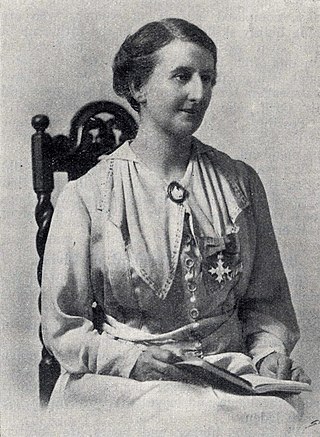
Laura Annie Willson MBE was an English engineer and suffragette, who was twice imprisoned for her political activities. She was one of the founding members of the Women's Engineering Society and was the first female member of the Federation of House Builders.

Margaret, Lady Moir, OBE was a Scottish lathe operator, engineer, a workers' relief organiser, an employment campaigner, and a founder member of the Women's Engineering Society (WES). She went on to become vice-president and president of WES, and in 1931 president of the Electrical Association for Women (EAW), in which role she gave full expression to her belief that 'the dawn of the all-electric era' was at hand. She had no doubt about the importance of this development in freeing women to pursue careers outside the home:
'It is essential that women become electrically minded. By this I mean that they must not only familiarize themselves with electric washing machines, fires and cookers, but possess sufficient technical knowledge to enable them to repair fuses and make other minor adjustments. Only by doing so will women learn to value electricity's cheapness and utility, and regard it as a power to rescue them from all unnecessary household labours.'
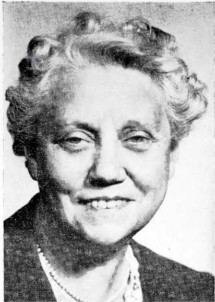
Gertrude Lilian Entwisle was an electrical engineer. She was the first British woman to retire from a complete career in industry as a professional engineer; the first female engineer to work at British Westinghouse; and the first female student, graduate, and associate member of the Institution of Electrical Engineers. Entwisle was known for her work on designing DC motors and exciters. Her obituary said she broke "barriers of prejudice to become a respected designer of electrical rotating machinery."
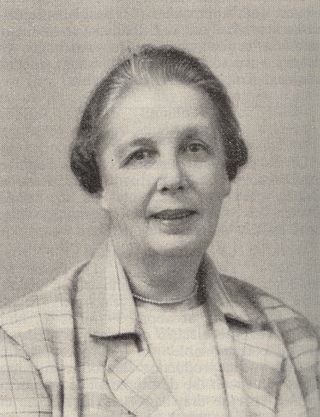
Margaret Mary Partridge was an electrical engineer, contractor and founder member of the Women's Engineering Society (WES) and the Electrical Association for Women (EAW). Her business worked with WES to identify and employ female apprentices, including Beatrice Shilling. Partridge also helped campaign to change the International Labour Organisation convention on night work for women in 1934, after Shilling was found working on her own in a power station at night, thus contravening the existing regulations.
Claudia Sydney Maia Parsons was a British engineer, writer and traveller. One of the first three women to graduate as engineers in England, she also wrote several books and was the first woman to circumnavigate the world by car.

Eleanor Georgiana Shelley-Rolls was one of the original signatories of the Women's Engineering Society founding documents. She was a keen hot air balloonist.
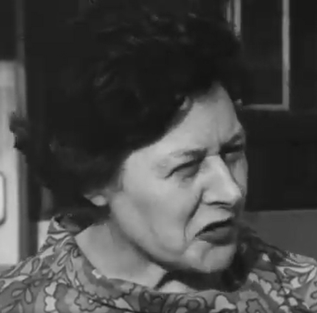
Rosina Winslade was a British engineering manager who became President of the Women's Engineering Society and a governor of University College, Nairobi.
The Electrical Association for Women (EAW) was a feminist and educational organisation founded in Great Britain in 1924 to promote the benefits of electricity in the home.

Katharine, Lady Parsons was the co-founder and second President of the Women's Engineering Society (WES), and an engineer in her own right.
Mabel Lucy Matthews AIEE was a British electrical and production engineer, instigator of idea for the Electrical Association for Women.
Women have played a role in engineering in the United Kingdom for hundreds of years, despite the various societal barriers facing them. In the 18th and 19th century, there were few formal training opportunities for women to train as engineers and frequently women were introduced to engineering through family companies or their spouses. Some women did have more formal educations in the late 19th century and early 20th century, normally in mathematics or science subjects. There are several examples of women filing patents in the 19th century, including Sarah Guppy, Henrietta Vansittart and Hertha Ayrton.
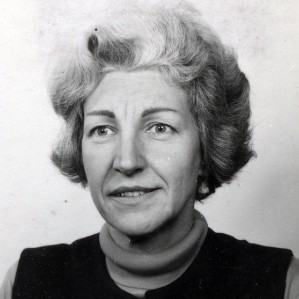
Mary Patricia Kendrick MBE born Mary Patricia Boak was a British tidal engineer who was an expert on silt. She worked on many projects but she is known for leading a team working on the Thames Barrier. She broke a 200 year long list of Admirals who looked after keeping the River Mersey navigable when she appointed Acting Conservator of the River Mersey - a role that dates back to 1625.

Cicely Thompson M.B.E. was a nuclear engineer.
Sheila Leather was an engineer, business owner and president of the Women's Engineering Society in 1950–51.
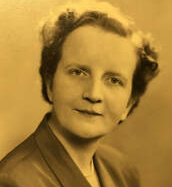
Kathleen Mary Cook was a mechanical engineer who was president of the Women's Engineering Society from 1955–1956. Her father, P. V. Cook, who was also a mechanical engineer, worked with the earliest aeroplane engines.
Lesley Scott Souter was the first female electrical engineering student at the University of Glasgow, graduating in 1940.















